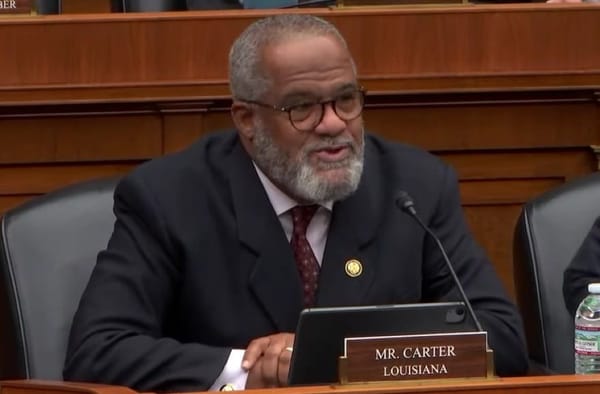Many Data Points Required for Broadband Planning, Event Hears
An assortment of data will be useful in all phases of the broadband planning process.
Teralyn Whipple

WASHINGTON, June 22, 2023 – Providers must invest in data collection for physical location, existing network infrastructure, and community needs and interests, advised the Center on Rural Innovation at a panel discussion Thursday.
Physical location data includes a map of all buildings, identification of which buildings are eligible for or need broadband service, what services are provided, and fiber drop distances. Providers will need this information to understand how to utilize federal investment money from the Broadband Equity Access and Deployment program, which award amounts are set to be announced later this month.
Not only will providers need information on poles, towers, hubs, and fiber infrastructure ownership but they will also need insight on community needs and interests, said presenters. These include barriers to access and customer interest in a new internet provider.
This assortment of data will be useful in all phases of the planning process, said Kirstin Lardy, broadband consultant at CORI, such as the market analysis phase for penetration assumptions, network design for projected costs, and financial modeling for forecast of costs and revenues.
Data can be collected from federal resources like the Federal Communication Commission’s national broadband and funding map, which can be used to determine what areas are covered by federal subsidy and where communities should focus their efforts.
Further data is also available at the municipal level which often hosts information about location of structures, types of structures, vacant lots, addresses, pole data, power distribution paths and rights of way.
Engaging with community anchor institutions is essential to building comprehensive and useful data sets, added Kristen Corra, policy counsel at the Schools, Health and Libraries Broadband Coalition. She urged providers to work with localities to gather information.
States may also collect data directly from providers and users through speed tests, surveys, and censuses.









Member discussion